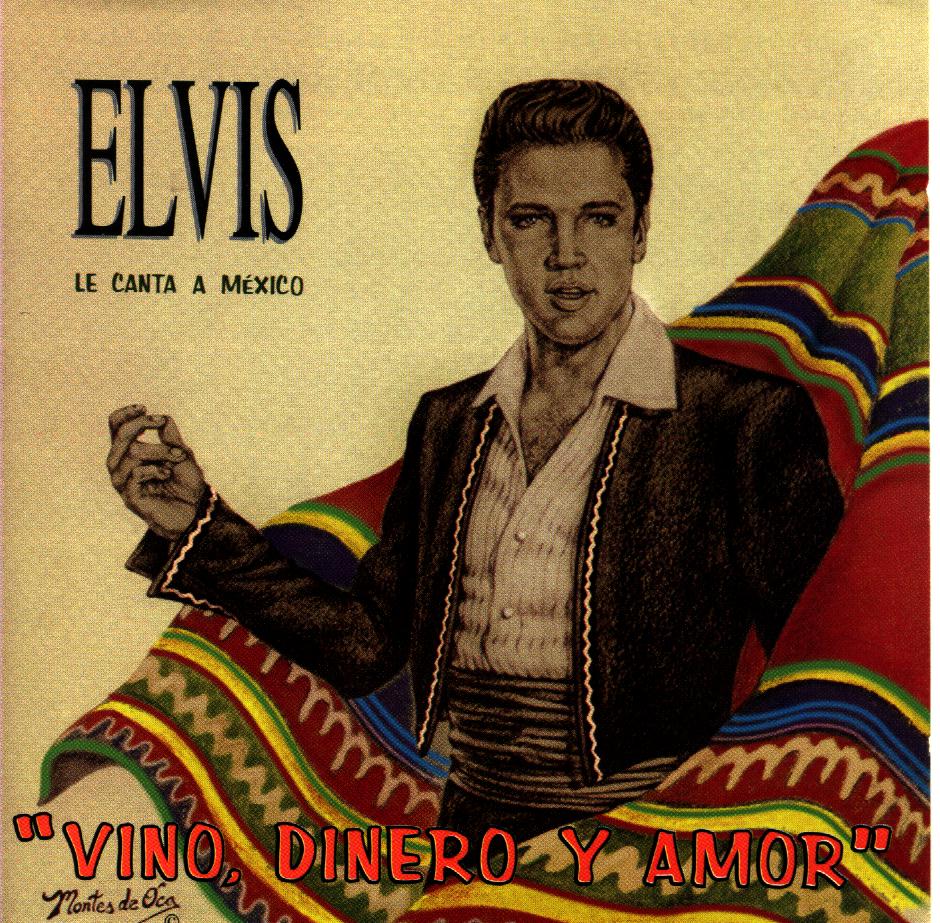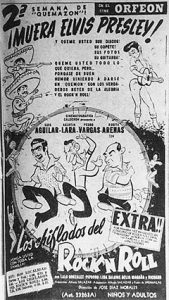I am very obsessed with Presley’s obsession with his hair. In the whole movie, there is only one scene (that I remember) in which his hair is messy, that is when he finally finds courage and jumps off the cliff, and he waves in the water to the crowd. As soon as he climbs up to the terrace of the hotel, his hair is already nicely combed and styled like always. I think this is because, for a super-super-star as the “King”, his image is required to be fixed, and this fixation can also be seen in other parts of the movie. Like the way he sings and dances (I don’t think his movement when he sings can be called dancing, but I’m lack of a more specific word).
Unlike the previous musical movies, many of the songs in this movie are not sang live in the scene, but rather like a background music, which gives me a feeling of seperation, like a music video, that he is only in charge of acting, and he doesn’t have to worry about the singing, because a well-recorded sound track will be played. Again I think this is because the movie has to garantee a “Elvis Presley”, instead of a character named Mike Windgren in a movie. So if in previous movies it’s true that we see both the character and the actor at the same time in the movie, in this one, I only see the King. For one reason, it’s because I don’t think Presley acts as good as the actors in the previous movies, and for another, it’s the fixation of his image required. In my opinion, for some movies, the audience are more than willing to pay and go to the cinema only to see the real actor in an unreal situation, but not an unreal cinematic character.
Another very interesting thing is that sometimes, the Mexican characters speak Spanish in an American way, mostly with the pronunciation “R”. It seems that they work very hard to attract the American market instead of the Latin American.
I am very curious about the reason why the movie sets up a character of a female bull-fighter, Dolores Gomez. At first I thought it’s because of a wave of feminist movement in the US at that period of time, but then the movie goes back to the cliche of the female subordination to the male. Dolores the Latina is depicted as a brave and free image, yet she falls in love with Presley at the first sight like usual.
In all, I like this movie. It’s not a “bad” movie as Jon described before the screening, although the narrative and the acting is not as good as “Touch of Evil” or “the Treasure of the Sierra Madre”, but I think it’s good as a musical movie.



